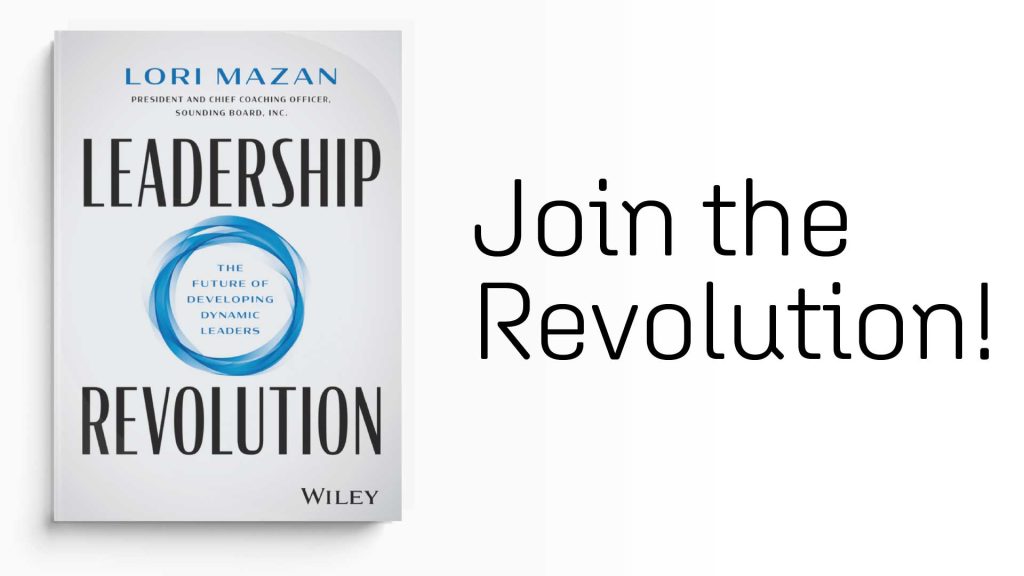ADKAR Model developed by Jeff Hiatt is a change management system that has been there for nearly twenty years. The model is a representation of outcomes that people need to achieve to have successful and long-lasting change. It stands for Awareness, Desire, Knowledge, Ability, and Reinforcement.
The model is rated among the best organizational change management techniques and is used by many change leaders around the world.
How to Use ADKAR Model
The ADKAR Model of change is a widely used tool that helps people analyze change and understand it better. Changemakers can put the ADKAR Model into practice by implementing each of the following goals:
1. Awareness
Simply put, you should communicate the reason for the change. Management can do this by answering the question of why the change is necessary. Without an apparent reason for the change, most employees might not get involved. Use true stories to communicate the need for change, any challenges presented by the current state, and most importantly, what could be achieved if the change occurs and you reach the desired state. Remember, open communication is essential as it makes people reflect and share their own experiences.
2. Desire
The HR and entire leadership need to motivate and engage their employees to embrace the change. Research has shown that employees can embrace change when they feel that they are adequately treated and listened to during the entire process of change. The management should follow up on the concerns and issues raised by their employees. Consequently, they should provide proper feedback and answer any questions that they might have. This will ensure that there is minimal change resistance or frustration.
3. Knowledge
For change to take place seamlessly, management needs to ensure that all employees acquire knowledge through robust training. They need to allow room for sharing ideas and experiences amongst each other. As people continue to learn, ensure adequate structures and tools are ready for them to implement the new skills and bring about change.
4. Ability
Here, it’s about how you get things done after acquiring the knowledge needed. Find out what is hindering people from contributing to change. Be keen to identify potential barriers and listen to the employees. You need to find out what they are doing and look for ways to improve their output. Managers should encourage people to believe in their skills and abilities and appreciate them when they do a good job. Encourage employees to ask for help and ultimately learn from their mistakes.
5. Reinforcement
It ensures that change is progressive and things do not go back to the way they were before. To sustain the change, recognize and celebrate even the smallest milestones, and don’t forget to share success stories. Remember to do a personal follow-up with each employee and allow them to talk about their challenges.
The ADKAR model is a tool used for change management in fostering the transition from a current state to a future desired state. Interestingly, individual change has to occur for organizational change to occur as well. And the beauty of the model is that it’s goal-oriented as it aims to attain specific objectives. Here are some of its pros:
- Leaders and change management teams can focus on driving individual change. This helps as personal change is crucial for organizational change to take place.
- There are defined goals and achievable outcomes, which enable the workforce to analyze their output and focus on attaining the goals.
- It provides a simple framework for everyone involved, since duties are well distributed, and the entire organization contributes to the attainment of the desired change.
- It ensures that everyone understands their responsibility, and is free to ask for help to address the challenges that may arise.
Leadership Coaching and Change Management
In relation to managing change, leadership coaching can be defined as a development process in which a leader like HR gets help from a professional coach in achieving a specific goal to bring about the desired change. The process involves self-reflection and introspection, where the coaching enables the leader to create a path to success. Coaching allows leaders at all levels to maximize performance by enhancing leadership skills to motivate the team and meet the set organizational changes.
Carrying out leadership coaching can go a long way in bolstering the organizational culture, leadership impact, and overall employee engagement. Nonetheless, here is how leadership coaching can help managers and leaders develop the right skills to manage change in the workplace.
- Empowerment – Coaching empowers leaders to do great work by uncovering their hidden strengths and potentials. It helps leaders to recognize their achievements and appreciate the work they have done.
- New insight – Through coaching, leaders get to gain a new perspective of their responsibilities. The coach drives them to reflect on their work and acquire new ideas.
- Free thinking – Coaching encourages leaders to open their thought patterns, be open-minded, and consider different perspectives. It fosters thought leadership.
- Enhanced communication – Coaching will enable leaders to understand that their communication may sometimes not be as straightforward as they think. Coaching will highlight areas of communication that require improvement and help in creating a workplace with open communication between the management and employees. After all, communication is key to managing change.
Effective change management can be achieved not only by implementing the ADKAR Model for change, but also through the use of leadership coaching. Coaching helps managers and leaders develop the right skills to manage change in the workplace. Although this model can be threatened by some organizational and individual factors such as anxiety and fear of the future, leadership coaching can do a great part in inducing the required change. When the ADKAR Model is correctly implemented and change management efficiently sustained, it can be easy to manage any kind of change in modern workplaces.











